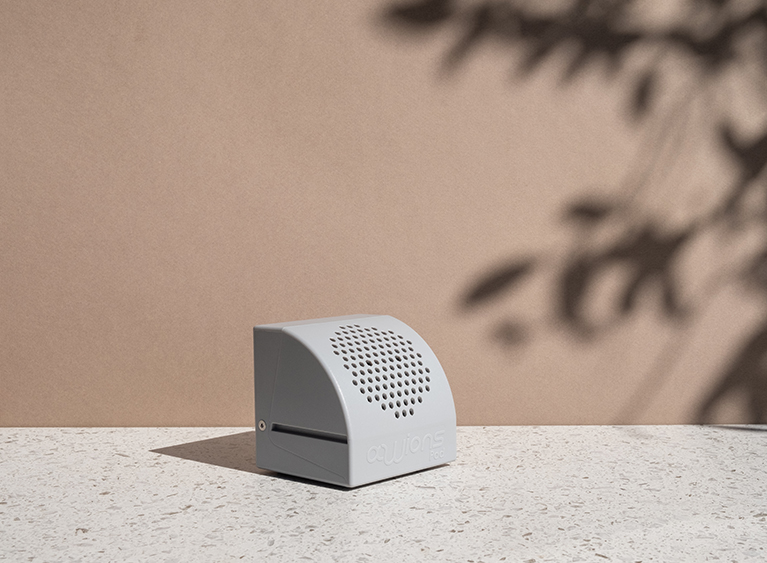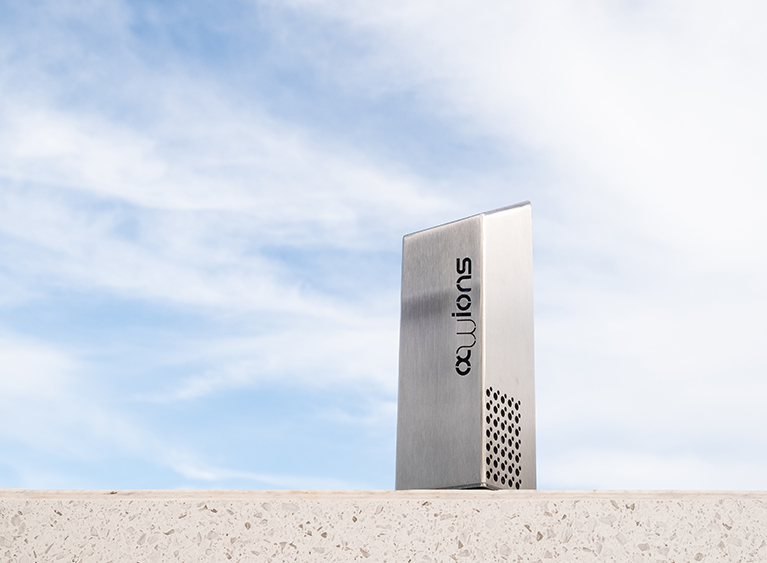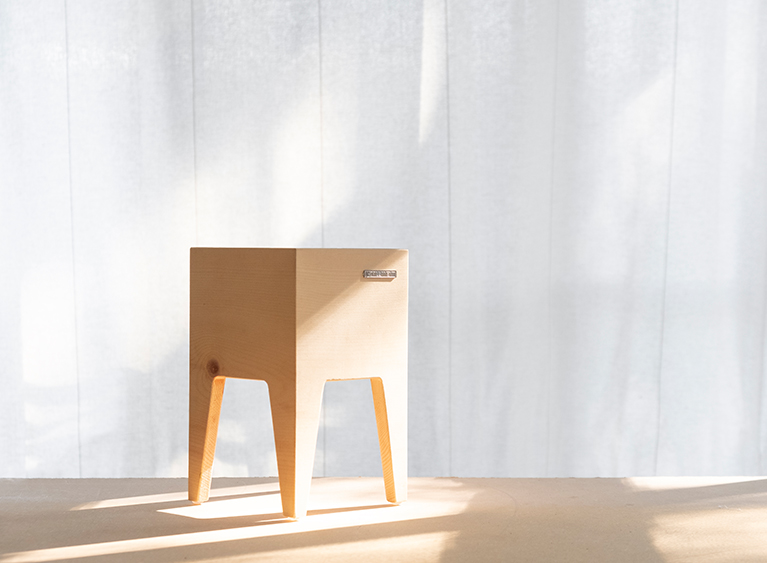Technology
We use bipolar ionisation technology. Self-cleaning and zero maintenance.
WHAT IS BIPOLAR IONISATION TECHNOLOGY?
Bipolar ionisation is a process that generates ion air particles which mimic those found in natural, outdoor spaces. These superoxide ions rid the air of pathogens and pollutants.
Some of the oxidising ions destroy the protein structure of the bacteria, viruses, and moulds, rendering them harmless. The remaining ions oxidise the volatile organic components floating in the air, making them harmless as well. This combined effect through bipolar ionisation makes it possible to control the quantity and harmful effects of microbes, pathogens, and volatile organic compounds in the area being treated using nature’s own methods.
The outdoor air in nature is the healthiest air environment available to us. The action of solar rays, wind, and wave motion from the ocean generates ions which purify outdoor air of toxic and infectious pollutants such as harmful benzines, smoke pollution, and pathogens, bacteria, and viruses. The average ion concentration is 15,000 ions per cm3 in alpine air and 50,000 ions per cm3 by the seashore. We experience a stark reduction in indoor dwellings with ion concentration falling below 100 ions per cm3.
VOC REDUCTION AND FINE DUST REMOVAL MECHANISM
VOC reduction
Ions oxidize Volatile Organic Compounds (VOC) in the air, turning them into harmless products (usually water and CO2 or Nitrogen).
Thanks to this combined ion effect it is possible to control the amount and harmful effects of VOC in the treated area, using nature's own processes.

Ions break harmful VOC and restructure atoms into harmless molecules.
VOC REDUCTION AND FINE DUST REMOVAL MECHANISM
Fine Dust Reduction
Thanks to this technology, fine particles (PM10) can also be removed: AWIONS electrically charges the particles of fine powders favoring their agglomeration. In this way the heavier agglomerations settle on the floor. Since the dimensions are greater than those of the individual particles, the agglomerations are able to be easily caught by the filters of the air recirculation systems.

Fine dust (PM2.5 and PM10) aggregates, increasing in volume and weight falls on surfaces leaving the air you breathe clean.
REMOVAL OF VIRUSES AND BACTERIA IN THE AIR AND ON SURFACES
The tests conducted have in many cases shown the elimination of pathogens at levels above 95%

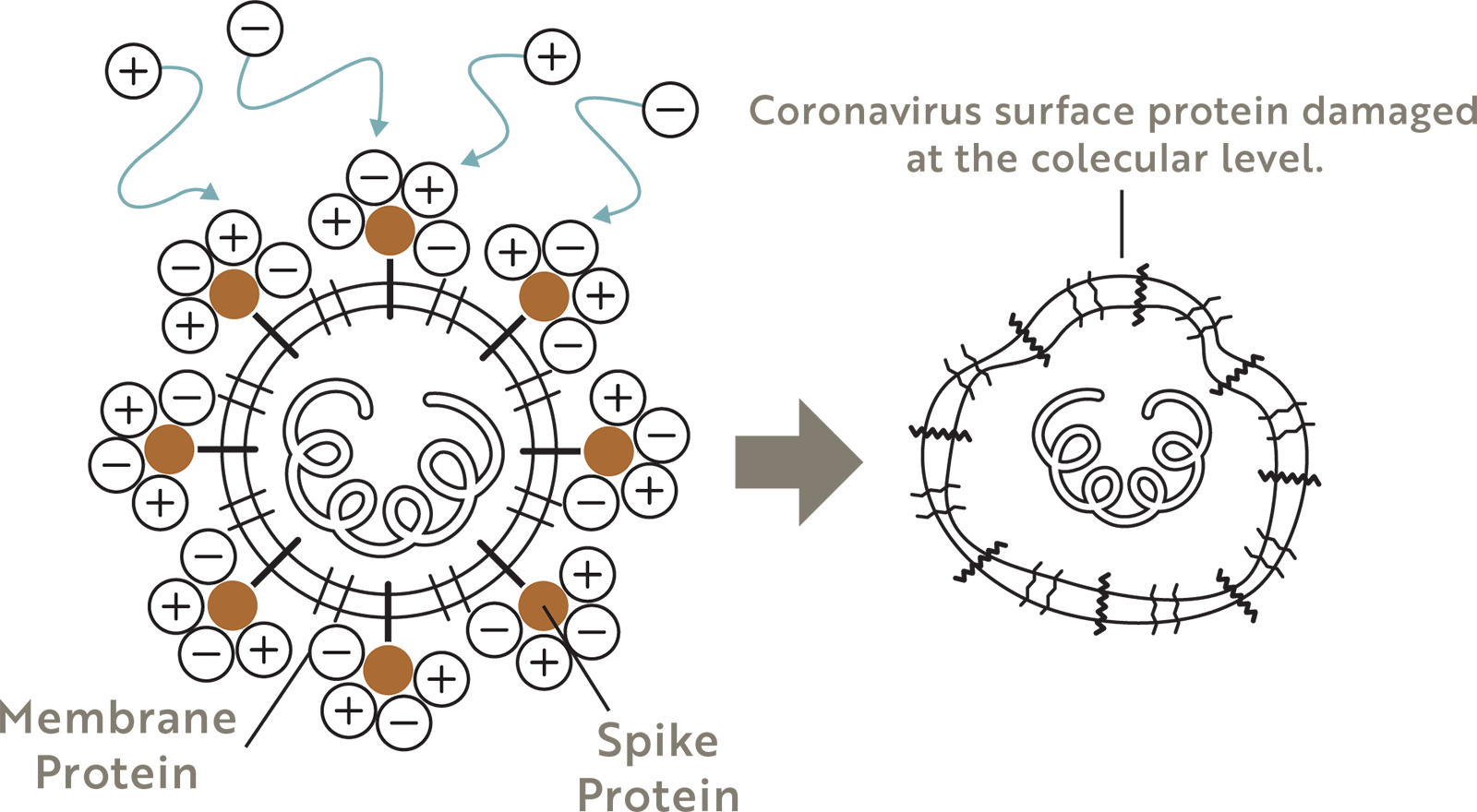
Test: Feline coronavirus (FCoV)*
99.7% of the virus rendered inactive within 40 minutes. 2004.
* ( a member of the Coronaviridae corona virus family)
REMOVAL OF VIRUSES AND BACTERIA IN THE AIR AND ON SURFACES
1. The ions (H+) and (02-) cluster around the air coronavirus protein spiculum and are converted to hydroxyl radicals (OH).
2. By stealing H (hydrogen) from inside the coronavirus protein, the ions react and chemically combine to form (H2O). Once the coronavirus protein spiculum is damaged, the virus cannot infect cells even if introduced into the body.
3. One the coronavirus protein spiculum is damaged, the virus cannot infect cells even if introduced into the body. Ions return to the air as inviable water vapor.

BIPOLAR-ION AIR TECHNOLOGY VS. UVC LIGHTING
Most air purification devices on the market for personal and commercial use are built with ultraviolet light as the main mechanism to treat the air. In these products, the form of ultraviolet light used is UV-C which has 100 to 280 nanometers of photons carrying more energy than its UV-A and UV-B counterparts.
As air particles travel through the purification device, they encounter the UV-C lamps built within them. These lamps directly attempt to disinfect the air through germicidal irradiation, a process that is of concern to consumers as it may generate ozone which can be harmful to health. While ozone is a naturally occurring gas, increased amounts of ozone particularly indoors and at ground level can pose risks to human health.
The exclusive use of UV-C also reduces the efficacy of the product over time, requiring periodical maintenance and replacement of UV lamps. UV lamps can contain mercury and require special waste disposal methods.
UV-C can rarely work on its own in a freestanding device as they need additional systems to ensure their efficacy. Full UV-C efficiency in air purification depends on a number of factors, such as:
- Pollutant particles coming into contact with the UV-C light
- The cooling effect of the air flow impeding the strength of the light
- The high dosage of light required
- The light bulb’s material
- The total length of time the particles are exposed to the light
Science is still determining the level of efficiency with UV-C lighting in air purification, with government bodies such as the United States Environmental Protection Agency stating that products with UV-C lighting are seemingly not effective as standalone devices.
| BI-POLAR IONIZATION | UVC LIGHT | |
|---|---|---|
| Requires replacement | Never | Annually |
| Freestanding | ||
| Works without pollutant coming into contact with device | ||
| Generates ion particles that mimic natural outdoor spaces | ||
| Works in low/no light settings | ||
| Produces detectable ozone | ||
| Kill mould, bacteria and viruses | ||
| Control Odours | ||
| Reduces Particulates | ||
| Operates without mercury | ||
| Shock resistant device |
THE AWIONS TECHNOLOGY APPLIED TWO WAYS
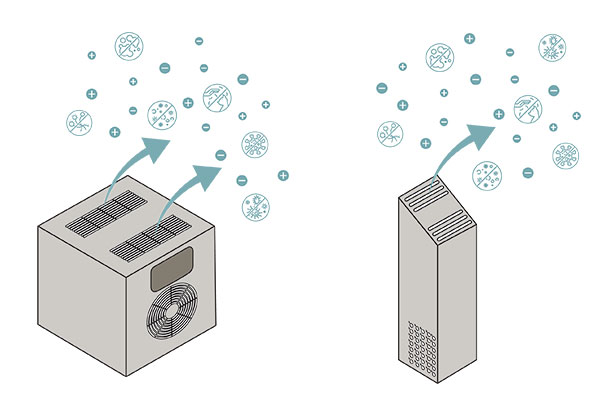
Placed anywhere indoors in proximity to electrical power to generate sanitised air flow into personal and public spaces.
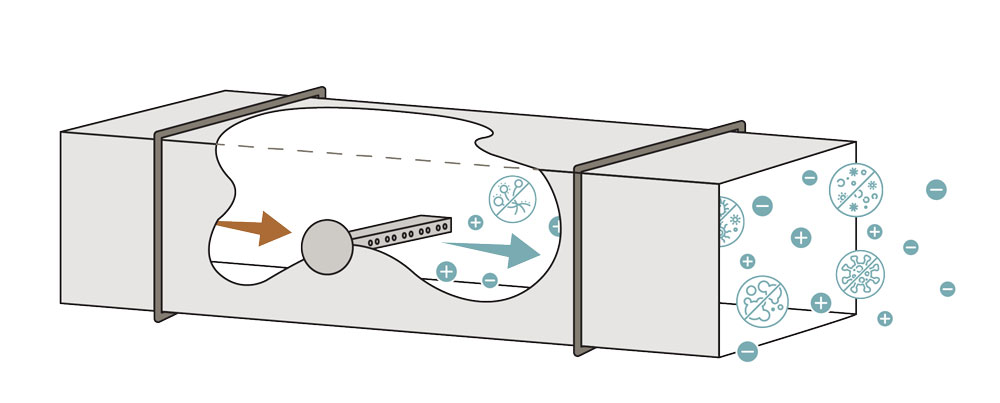
Directly inserted into commercial duct systems to treat airflow for large public buildings and commercial environments.

